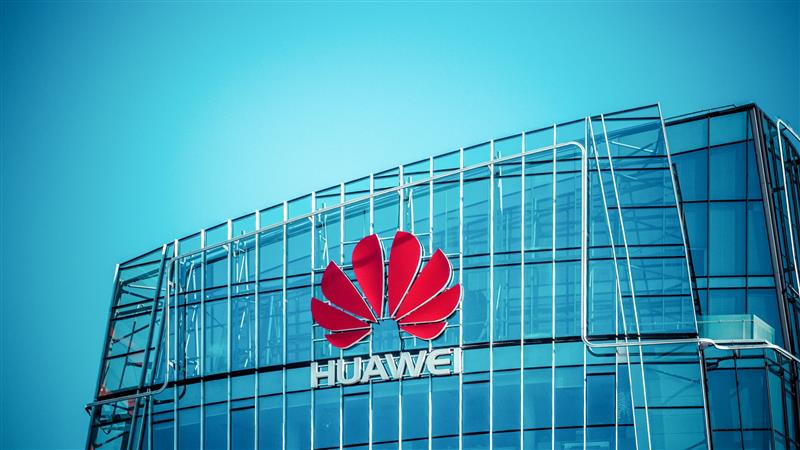
Huawei is aggressively targeting over 500 distinct industries, from coal mining to finance, with its newly launched Pangu 5.5 AI models, to solidify China’s technological sovereignty through its enterprise AI platforms.
The Pangu Models 5.5 are designed for high industry-specific accuracy, with Huawei declaring it prevents 95% of coal mine incidents and generates meteorological forecasts 10,000 times faster than traditional methods.
For Huawei to guarantee these AI systems’ reliability means more hurdles along the way. Fierce testing for data drift, model bias, and performance degradation will be much needed on the Chinese giant’s part to prevent costly operational failures,
Huawei’s rise in industrial AI shows how far enterprise AI platforms have advanced, but also how complex they have become. As the Huawei Cloud AI platform extends into finance, manufacturing, and science, a fear lingers that the more broadly an AI model is applied, the harder it is to maintain domain-level reliability and accuracy.
Smarter Industries with Targeted AI
The 718 billion parameter Huawei Pangu AI model represents Huawei’s dedication to focus on specific AI rather than general-purpose systems.
“Pangu Models help customers tackle the most challenging issues in their specific scenarios and reimagine both operations and efficiency across numerous industries,” said Zhang Ping’an, Executive Director of Huawei and CEO of Huawei Cloud.
Using a mixture of experts (MoE) architecture, the platform deploys 256 specialized modules to process natural language, computer vision, multi-modal, and predictive data. This industry specific AI structure delivers higher efficiency and better adaptability across difficult environments.
In manufacturing, Huawei’s use at Shanghai Baowu Steel made the prediction accuracy increase by 55%, rendering to an additional Chinese Yuan CNY90 million in revenue per line. This is an example of AI for business operations delivering measurable gains.
Same thing, in agriculture, the Chinese Academy of Agricultural Sciences reduced rice plant height by 25% while maintaining yield levels using the Pangu foundation model.
In other creative industries, Huawei’s AI services support content platforms like Gaoding Technology, where enterprise generative AI using Cloud AI Tokens services help the creative community of designers.
Meanwhile, in Chile, Huawei Cloud technology powers a bilingual virtual human at the National Library, expanding access to cultural knowledge through interactive AI.
Enterprise AI Governance
Charles Yang, Senior Vice President of Huawei Cloud, explained that successful transformation requires AI-driven predictive maintenance with integration between data, models, and applications.
“AI is reshaping industries and our lives, to fully harness AI, businesses require platforms for data, models and applications to work together to generate new value and achieve the leap to intelligence,” says Charles Yang, Senior Vice President at Huawei.
The company’s hybrid architecture, spanning CloudPond, Cloud Stack, and localized computing; allows firms to balance efficiency with data integrity – vital in sectors relying on enterprise AI governance for compliance, accuracy, and ethical performance.
Inside Telecom provides you with an extensive list of content covering all aspects of the tech industry. Keep an eye on our Intelligent Tech sections to stay informed and up-to-date with our daily articles.